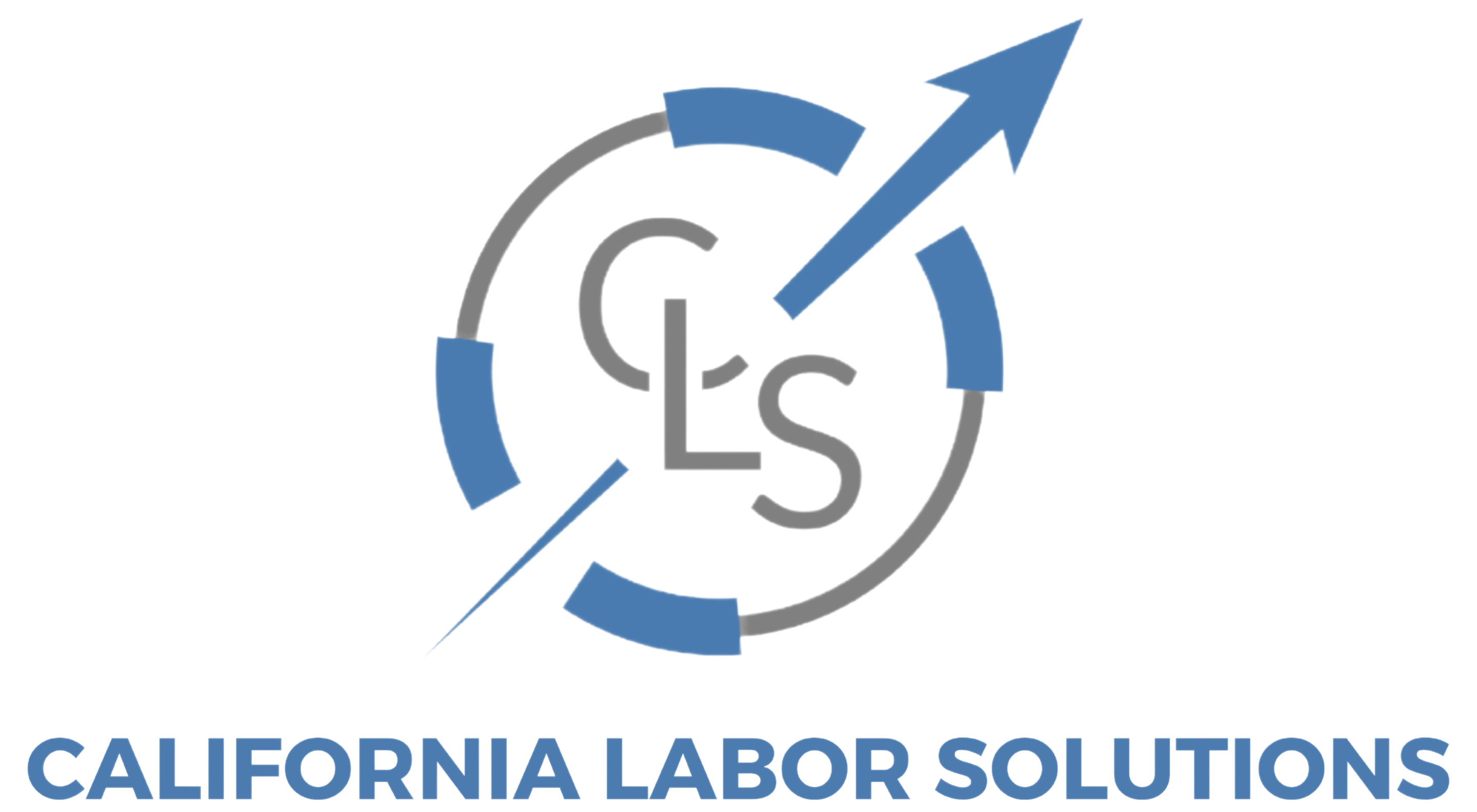California has some of the strictest workplace harassment laws in the nation, designed to protect employees and create safe, inclusive work environments. For employers, understanding and complying with these laws is essential to avoid legal penalties and foster a positive workplace culture. This guide provides an overview of key California workplace harassment laws and what employers need to know.
What is Workplace Harassment?
Workplace harassment involves unwelcome conduct based on protected characteristics that create a hostile, intimidating, or offensive work environment. In California, harassment can include verbal, physical, or visual behavior and may occur between employees, supervisors, or even third parties.
Protected Characteristics
Under California law, harassment is prohibited based on:
- Race, ethnicity, or national origin
- Gender, gender identity, or gender expression
- Sexual orientation
- Religion or creed
- Age (40 and older)
- Disability or medical condition
- Marital status
- Military or veteran status
- Genetic information
Employers must ensure that all employees are protected from harassment related to these characteristics.
California Workplace Harassment Laws
Fair Employment and Housing Act (FEHA)
California’s FEHA applies to employers with 5 or more employees and prohibits workplace harassment based on protected characteristics. Key provisions include:
- Employers are liable for harassment committed by supervisors or managers.
- Employers may also be held responsible for harassment by employees, contractors, or clients if they knew or should have known about the behavior and failed to take corrective action.
Sexual Harassment Protections
Sexual harassment is a specific form of workplace harassment and includes:
- Quid Pro Quo: When submission to sexual advances is made a condition of employment.
- Hostile Work Environment: When unwelcome behavior interferes with an employee’s work performance or creates an intimidating work environment.
SB 1343: Mandatory Harassment Training
California law requires employers with 5 or more employees to provide harassment prevention training:
- Supervisors: 2 hours of training every 2 years.
- Non-supervisory employees: 1 hour of training every 2 years.
Training must cover:
- The definition of harassment and examples.
- Employee rights and remedies.
- Employer responsibilities to prevent and address harassment.
Retaliation Protections
Employers are prohibited from retaliating against employees who:
- File a harassment complaint.
- Participate in an investigation.
- Oppose unlawful practices.
Employer Responsibilities
1. Develop and Distribute a Harassment Policy
Employers must have a written harassment prevention policy that includes:
- A clear definition of harassment.
- Examples of prohibited behavior.
- A process for reporting and investigating complaints.
- A statement prohibiting retaliation.
The policy must be distributed to all employees in a language they understand.
2. Conduct Prompt and Thorough Investigations
Employers must:
- Investigate all harassment complaints immediately.
- Use impartial investigators.
- Maintain confidentiality to the extent possible.
- Take corrective action if harassment is confirmed.
3. Provide Regular Training
Ensure all employees receive mandated training and that it is updated to reflect changes in the law or workplace policies.
Penalties for Non-Compliance
Failure to comply with California’s workplace harassment laws can result in:
- Civil penalties and fines.
- Damages awarded to employees for emotional distress or lost wages.
- Harm to your company’s reputation and employee morale.
Best Practices for Employers
- Lead by Example: Ensure that leadership demonstrates a zero-tolerance stance toward harassment.
- Encourage Open Communication: Create a culture where employees feel safe reporting issues without fear of retaliation.
- Conduct Regular Policy Reviews: Update your harassment prevention policy as laws change or new workplace challenges arise.
- Partner with Experts: Work with HR consultants or legal advisors to stay compliant and address complex situations.
How California Labor Solutions Can Help
Navigating California workplace harassment laws can be challenging, but you don’t have to do it alone. California Labor Solutions provides:
- Comprehensive harassment prevention training programs.
- Policy creation and compliance audits.
- Workplace investigation services to handle complaints professionally and impartially.
Contact California Labor Solutions to learn more about how we can help your business stay compliant and foster a safe, harassment-free work environment.
Creating a workplace free from harassment not only protects your business but also promotes a positive and productive environment for all employees. By understanding and implementing California’s workplace harassment laws, you can ensure your organization is compliant and your employees feel respected and valued.

